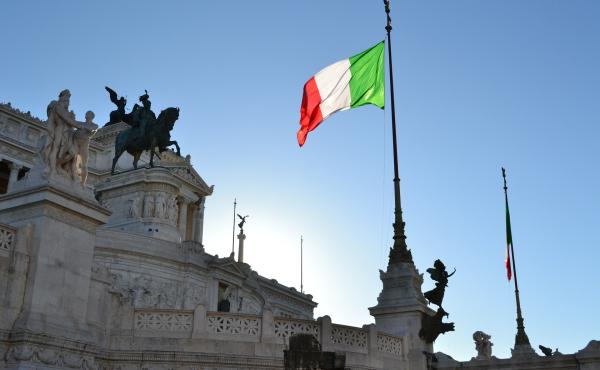
The ECGI blog is kindly supported by

The leader’s journey
Leaders today are expected to empower and enable their people and teams. As Rafaella Sadun and her colleagues reported recently in this magazine (see “The C-Suite Skills That Matter Most”, HBR July-August 2022) these so called “soft” or people skills matter increasingly for leadership succession.
We’ve observed this shift in our work as researchers, coaches, and leadership advisors. But we’ve also observed that leaders are having a hard time adapting to it. Moreover, few aspiring CEOs enter the succession process mastering the complete array of these skills, and few newly appointed CEOs have them fully ready to deploy.
Yet rigorous evidence about how executives acquire people skills is scant. To find out more—about what people skills executives struggle to learn, and what learning strategies pay off —we analyzed assessment, development, and interview data gathered during 75 CEO succession projects by Spencer Stuart, one of the world’s premier leadership advisory firms.
We analyzed 75 CEO successions, involving 235 candidates, that took place at large-cap companies in the United States and Europe between 2009 to 2019. Forty-seven of these companies were public. We examined the correlation between CEO skills and firm performance, as measured by shareholder return, revenue growth, and operating margins. We also interviewed and examined the development journeys of a subset of leaders, to understand the variety of leadership styles they used to deliver results. In doing so, we looked for evidence of strengths and developmental opportunities along the spectrum between directive and empowering styles. We also studied their ability to work through networks, and to enhance organizational performance by instilling and leveraging people skills.
We found that a leader’s development journey towards a more enabling leadership style typically unfolds in three main stages: a departure, voyage and return.
The departure is when a leader deliberately starts to leave behind familiar ways of working. Leaders only depart from their habitual—and successful—ways of doing things when they become aware of a gap between where they are and where they want to be. The catalyst might be a particular event or feedback from colleagues or coaches. But usually, they only embark on a concerted effort to change after multiple experiences and conversations that make them understand how their behavior is impeding outcomes they care about.
The voyage is a time of transition during which, having left those familiar shores behind, the leader encounters obstacles and trials that teach important lessons. We’ve found that a successful voyage involves creating a context for practice-based learning; enlisting helpers and actively seeking feedback; and persisting through setbacks, progressively gaining greater clarity about what one is trying to accomplish.
Creating a context for learning often entails putting oneself in situations – a task force, a board or support role – where one has to lead differently. This can be particularly helpful for CEO candidates whose leadership style is firmly rooted in holding people accountable, driving performance, and achieving results. Such leaders often have a hard time experimenting with a new style while they’re working with teams familiar with their old style. By taking on roles or projects outside their own areas—roles in which they have no history or direct authority and have to adopt a collaborative manner of exercising influence—they develop additional people skills that they can later use with their own teams.
Leaders also need partners at every stage in the journey who can hold them accountable, provide honest feedback, help them connect the dots, and serve as mirrors of the new identity taking hold. Coaches and mentors outside a leader’s normal reporting lines, can be very helpful, but they also need to rely on close colleagues and in some instances family or friends, who can hold them to account when they revert to their old habits (as all of us inevitably do) and offer in-the-moment feedback in ways that nobody else can.
The moment of “return” arrives when, after the trials and tribulations of the voyage, leaders at last internalize a more empowering leadership style, understand it as a genuine reflection of their new selves, and can employ it across the board in their professional lives. A second marker of having entered the “return” stage of the journey is a desire to transmit and amplify one’s learning. This is critical, because by instilling people skills in others, leaders increase the organization’s capacity to provide developmental experiences at scale.
More than ever, we need leaders who can harness people’s ingenuity and engagement. Long-term success requires calling on a broad repertoire of people skills that make it possible to lead others indirectly and at scale. For many leaders, rising to this challenge requires an entire journey of transformation, one that’s likely to be longer and more difficult than they’d imagined—but, ultimately, also more rewarding.
-------------------------------
By Herminia Ibarra, London Business School, Claudius Hildebrand, Spencer Stuart, & Sabine Vinck, Spencer Stuart
The ECGI does not, consistent with its constitutional purpose, have a view or opinion. If you wish to respond to this article, you can submit a blog article or 'letter to the editor' by clicking here.






